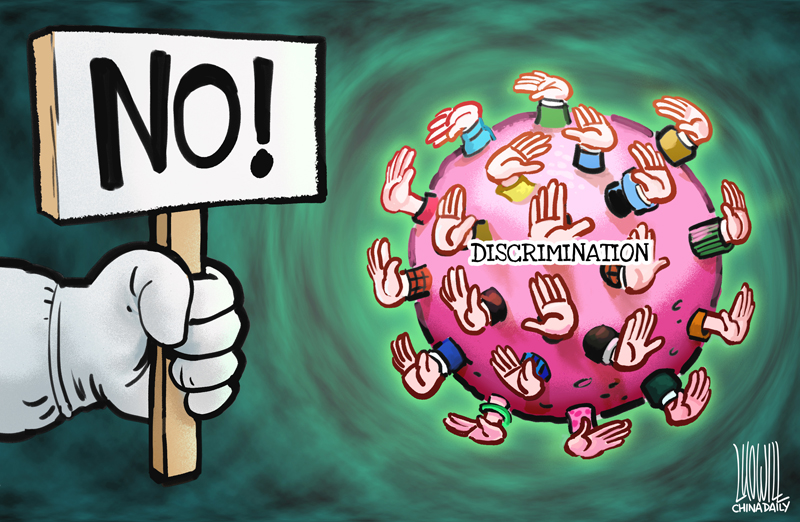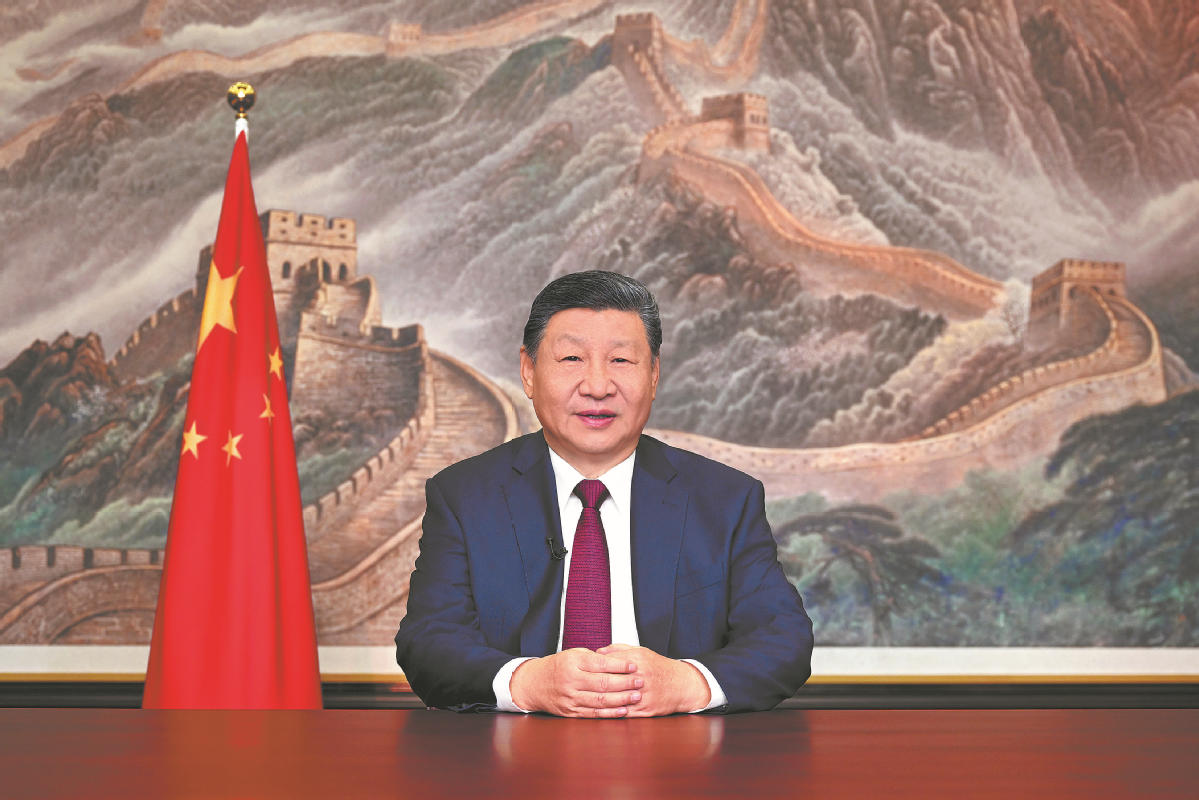Racist reports infect the truth with prejudice
By Hannay Richards | China Daily | Updated: 2020-02-11 07:12

Despite repeated warnings from experts that a global pandemic is likely, most people probably didn't spend much time worrying about the threat of a new infectious disease until recently.
After all, it appeared to be a hypothetical risk and there were plenty more immediate threats to worry about, why worry about what to do in such a seemingly remote eventuality.
Now that the new coronavirus has emerged, it is a different story, of course.
Deep-seated fears in the collective memory implanted by previous pandemics have come rushing to fore, and the possibility of a disease sweeping through populations like some indefatigable horseman of the apocalypse remorselessly scything down whoever he encounters has triggered worldwide panic.
Not unreasonably perhaps, since the natural human response to any life-threatening situation is to either flee or fight, and for many people neither of those seem feasible against such an inexorable and invisible threat.
In China, where the latest outbreak has appeared, the quarantining of much of the population, forced in some areas but generally self-imposed, means people's fears have been largely contained indoors or else allowed to run wild in cyberspace. This has to some extent helped stop panic feeding panic, since panic itself is highly contagious.
In the West however, people's fear is being whipped up into near hysteria by sensationalized media reports suggesting the number of human-to-human transmissions will rise in other countries to the extent that it has in China and dire predictions about the possible death toll.
Not surprising, given these media outlet's form and purpose, these reports are usually also racist; fostering and pandering to anti-Chinese prejudice.
Although an infectious disease can emerge in any corner of the world, as shown by the H1N1 pandemic that originated in the United States, the Ebola outbreak in West Africa and the Zika emergency in Brazil in recent years, the reporting on the novel coronavirus outbreak in China by much of the mainstream media in the West has been distinguished by its bigoted refueling of the "Yellow Peril" stereotyping of the civilized West being overrun by uncivilized Chinese hordes.
While the search for a scapegoat has accompanied other infectious disease outbreaks, seemingly throughout history, the Sinophobia exposed by the "Yellow Peril" reporting on the new coronavirus is symptomatic of the broader fears in the West about China's rise, where it is viewed by some as a sort of infectious disease that will debilitate Western civilization, like a tumor corrupting Western values.
People's fears are easily directed in this direction because the pathogens that cause contagious diseases are viewed as foreign invaders overwhelming even a healthy body's defenses.
The bigotry in such reports seek to link the emergence of the disease with notion that there is weakness or inferiority in the Chinese character that enabled the outbreak to happen, much like the media portrayals of the Chinese in the early decades of the last century when characters such as Fu Manchu were malevolent villains intent on ruling the world. Once again showing that the more things change the more they stay the same.
There are always those who hurry to hunt down others who can be blamed for the woes they have inflicted on themselves.
But to borrow an observation attributed to Marie Curie, nothing in life is to be feared, it has only to be understood-that applies to infectious diseases and China's rise.
The author is a senior editor with China Daily. The views don't necessarily reflect those of China Daily
























